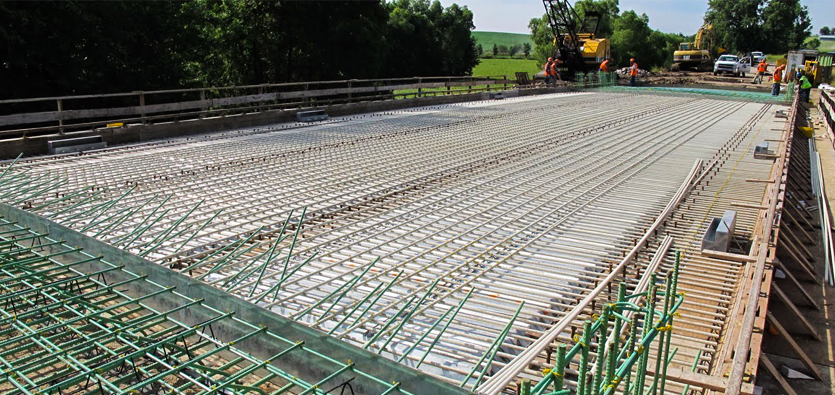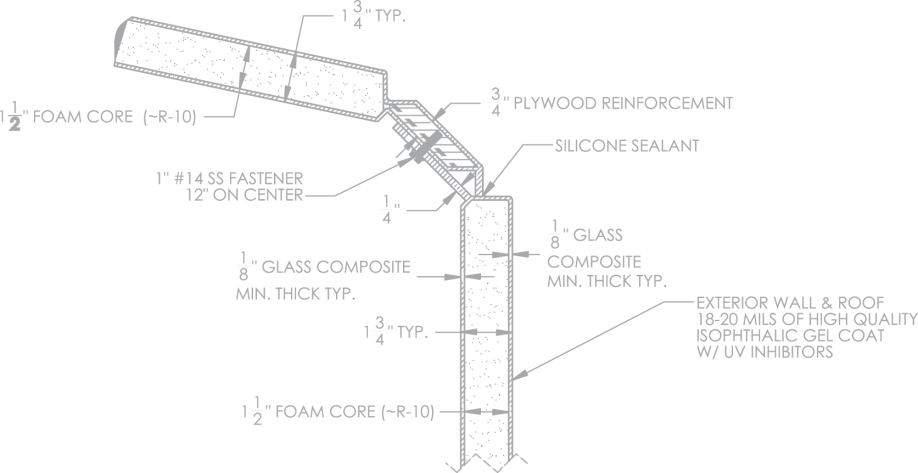How Composites are Altering the Landscape of Building And Construction Products
How Composites are Altering the Landscape of Building And Construction Products
Blog Article
Unlocking the Environmental Advantages of Recycled Compounds in Building and Layout
In the world of building and design, the application of recycled composites holds significant assurance for improving sustainability practices and lowering environmental impact (composites). By incorporating these innovative materials, there is a possible to attend to important problems such as waste reduction, power preservation, and a decrease in carbon impact. The change towards a much more lasting future in these sectors rests on unlocking the full capacity of recycled compounds. This conversation will certainly explore the multifaceted benefits and difficulties related to incorporating recycled compounds right into construction and style, using a glance right into the transformative opportunities that exist ahead.

Ecological Influence Reduction
The reduction of environmental impact through using recycled composites in building and layout plays an important role in sustainable techniques. By including recycled composites into building materials, the building sector can significantly reduce its carbon impact and add to a more eco-friendly future. These lasting products, made from repurposed plastics, timber fibers, or various other recycled aspects, supply a viable choice to typical building and construction products without endangering on top quality or resilience.
Recycled composites help divert waste from landfills and lower the requirement for drawing out basic materials, therefore conserving all-natural resources. In addition, the manufacturing procedure of these composites often eats less power and discharges fewer greenhouse gases contrasted to creating virgin materials (composites). This change towards making use of recycled composites not just minimizes ecological harm yet likewise advertises a circular economy by encouraging the reuse of products that would otherwise be disposed of
Waste Minimization
With an emphasis on minimizing waste in building and layout, the integration of recycled composites uses a lasting solution to decrease environmental influence. Waste reduction is a vital facet of lasting techniques, and using recycled composites provides a possibility to achieve this goal successfully. By making use of products that have actually currently served their initial function, such as recycled plastics or recovered timber fibers, the building and construction and design industries can substantially lower the quantity of waste generated and sent to garbage dumps.
Recycled compounds have the possible to draw away substantial amounts of waste from standard disposal approaches, adding to an extra circular economic climate where sources are utilized efficiently. Additionally, the production procedure of recycled composites typically eats much less power and generates less exhausts contrasted to virgin materials, even more decreasing the environmental footprint of construction and design jobs.
Applying waste minimization strategies through the incorporation of recycled composites not only helps in conserving natural deposits yet additionally advertises a much more lasting strategy to building and creating for a greener future.
Energy Conservation
Integrating recycled compounds not only reduces waste in building and construction and layout yet also plays a vital role in improving power conservation practices within the industry. Using recycled compounds in building and construction can considerably add to energy preservation with various means. To start with, the manufacturing of virgin materials typically calls for considerable energy inputs, whereas utilizing recycled composites consumes much less power, consequently decreasing overall power usage. In addition, integrating recycled compounds can contribute to much better insulation residential or commercial properties in buildings, minimizing the demand for excessive heating or cooling, and subsequently lowering energy use for environment control. The light-weight nature of many recycled composites can lead to lighter frameworks, calling for much less energy for transportation and setup. By advertising using check that recycled compounds in construction and style, the industry can make significant strides in the direction of achieving power efficiency and lowering its carbon footprint, ultimately adding to an extra sustainable built environment.
Carbon Impact Decrease
Enhancing sustainability methods with the application of recycled composites in construction and design considerably minimizes the carbon impact of the market. By integrating recycled materials into the manufacturing of composites, the need for virgin sources reduces, resulting in reduced power consumption and greenhouse gas emissions linked with standard manufacturing procedures. This decrease in carbon footprint is critical in combating environment modification and promoting an extra ecologically pleasant technique to building and construction and style.
The carbon impact decrease achieved with the fostering of recycled compounds aligns with the worldwide press towards sustainable techniques and the decrease of industrial discharges. Eventually, by focusing on the integration of recycled composites, the market can make substantial strides in lowering its carbon footprint and adding to a more sustainable future.
Sustainable Future
The assimilation of recycled compounds in building and construction and layout not only addresses immediate ecological worries however also lays a strong foundation for view it a sustainable future in the sector. By including recycled composites into building products and items, the building and construction and layout markets can substantially minimize their reliance on virgin sources, leading to a much more circular economy. This change in the direction of sustainability is critical for minimizing the environmental impact of conventional construction practices, which frequently result in high levels of waste generation and source depletion.

Final Thought
Finally, recycled compounds use significant environmental advantages in continue reading this construction and design by reducing ecological impact, minimizing waste, conserving energy, decreasing carbon impact, and advertising a lasting future. Accepting using recycled composites can add to an extra environmentally-friendly technique to building and design, ultimately resulting in a more lasting and greener future for all.
The decrease of ecological effect with the use of recycled compounds in building and construction and style plays a crucial duty in lasting methods.With a focus on lessening waste in building and design, the assimilation of recycled compounds uses a sustainable solution to lower ecological effect. By advertising the usage of recycled compounds in construction and design, the industry can make considerable strides in the direction of attaining power efficiency and decreasing its carbon impact, inevitably contributing to a much more lasting developed atmosphere.

Report this page